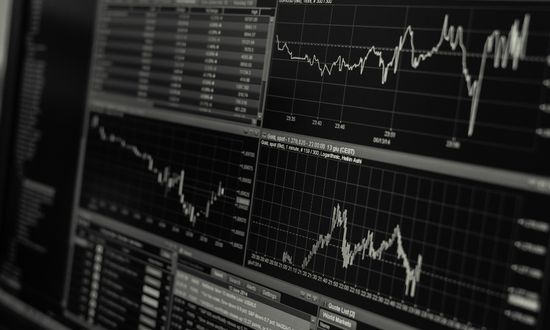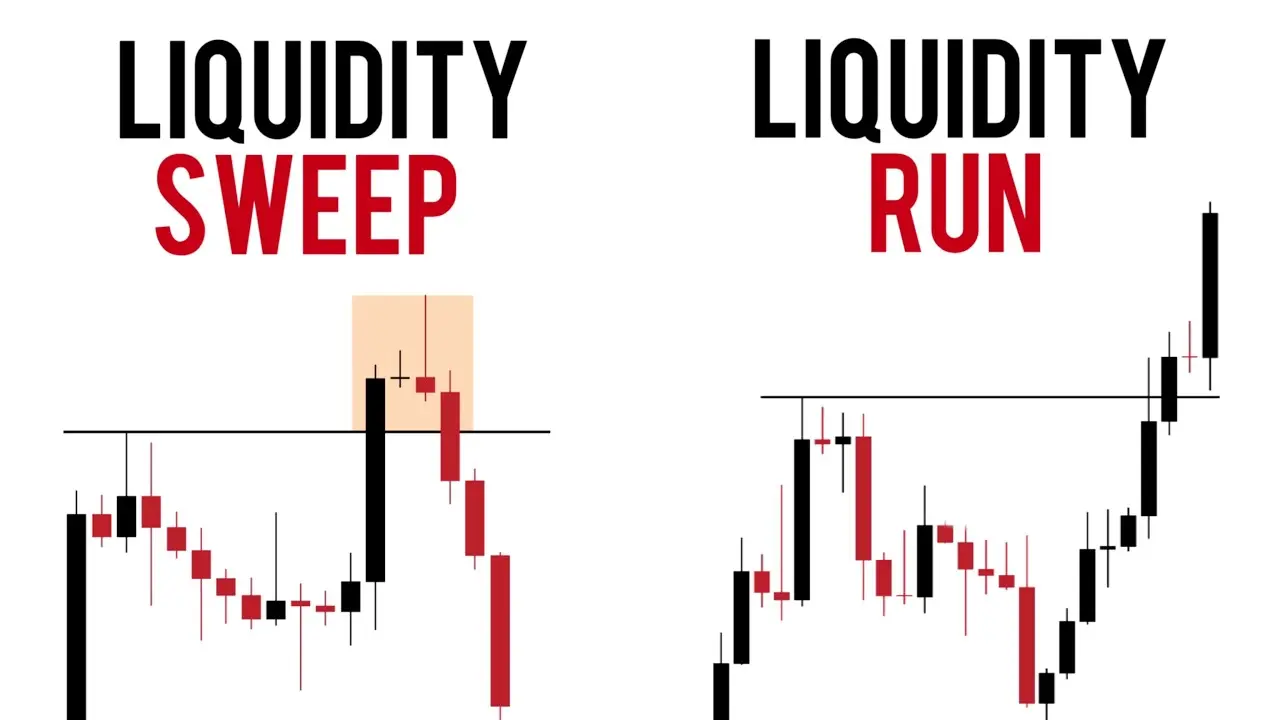If you’ve ever been stuck in the break-even trap, you know the pain — the endless cycle of good trades followed by emotional mistakes that erase days of progress.You’re not losing anymore… but you’re not winning consistently either.The frustrating truth? Most traders don’t fail because of bad strategies — they fail because they never develop self-awareness through journaling.Journaling is the bridge between randomness and mastery.It’s not about recording every tick — it’s about learning how you trade, identifying your patterns, your triggers, and your behavioral edge.In this article, I’ll break down how structured journaling transformed my trading from inconsistent to consistent, and how you can build your own data-backed trading edge using five powerful principles.
1. Understanding the Break-Even Trap — Why Most Traders Stay Stuck
Before you can use journaling to grow, you need to understand why you’re not progressing.
The break-even zone is deceptive: it feels like you’re close to consistency, but in reality, it’s the most dangerous plateau.
The Psychology of Break-Even:
- You know enough to avoid catastrophic losses.
- You execute strategies that sometimes work.
- But your discipline and process fluctuate day to day.
- You lack statistical clarity on what truly gives you an edge.
This creates the illusion of progress without measurable growth.
You may be “trading well,” but without journaling, you’re flying blind — unable to see what’s actually working versus what just feels good.
Institutions, prop firms, and elite traders all share one habit: data tracking.
They know their metrics inside out — win rate, expectancy, risk/reward, execution bias.
If you don’t track your own performance with the same precision, you’re relying on luck, not probability.
Key takeaway:
Before chasing a new indicator or setup, measure your consistency.
The only way to do that is to journal every trade, including the emotions and context behind it.
2. Building a Data-Driven Journal — Your Personal Trading Laboratory
The most powerful edge in trading isn’t a setup — it’s information.
Your journal is your personal data lab. It transforms subjective experience into quantifiable insights that can be analyzed, refined, and optimized.
A good journal doesn’t just log trades — it logs behavioral data.
Core Elements of a Professional Journal:
- Trade context — what setup did you take, what market condition, what structure?
- Execution — were you early, late, or precise?
- Emotional state — confident, anxious, impulsive, calm?
- Trade management — scaling, exits, stop adjustments.
- Outcome — profit/loss, R multiple, and reason for closure.
When logged consistently, these metrics uncover your behavioral patterns — the hidden biases that define your performance curve.
Example:
After 60 trades, you may find that your win rate is 65% on structured setups taken after a liquidity sweep, but only 30% when you chase breakouts.
Or that you lose 80% of the trades you take after 11:30 AM when volatility fades.
These insights are gold — they let you eliminate inefficiencies and double down on what’s truly working.
Modern tools like TradeZella, Edgewonk, or TraderSync make this process seamless.
They help visualize your P/L curve, expectancy, and emotional bias so that you can treat trading as a scientific process — not a guessing game.
Key takeaway:
Data doesn’t lie. When you see your performance metrics clearly, discipline becomes automatic — because the truth is right in front of you.
3. Emotional Tracking — The Missing Edge Nobody Talks About
Every trader has heard of tracking entries and exits, but very few track emotions — and that’s where 80% of mistakes come from.
Your P/L is the effect, your psychology is the cause.
Through journaling, I discovered that my emotions were predictable.
For example:
- I overtraded after three wins in a row (euphoria bias).
- I cut trades too early after a loss (fear bias).
- I hesitated on A+ setups after a morning drawdown (recency bias).
By adding an “Emotional State” tag to my journal (calm, anxious, confident, impulsive, revengeful), I started seeing clear correlations between emotion and outcome.
What I learned:
- Trades entered with calm confidence had 2.5x higher expectancy.
- Impulsive trades, even when profitable, had negative expectancy long-term.
- Emotional imbalance always preceded performance degradation.
This data completely changed how I managed my sessions.
Instead of chasing trades, I began managing myself.
I started each day by rating my mental readiness from 1 to 10, journaling any external factors (sleep, distractions, stress).
If I was below a “7”, I would reduce my position size or skip trading entirely.
That single adjustment preserved my capital and improved my long-term consistency curve more than any technical adjustment ever did.
Key takeaway:
The market doesn’t punish bad setups — it punishes bad states of mind.
Tracking emotions transforms trading from reactive to proactive.
4. Turning Data into Strategy — Building a Repeatable Edge
Journaling becomes truly powerful when you stop treating it as a diary and start using it as a research tool.
Once you’ve collected enough trades, patterns begin to emerge — and those patterns become your edge.
The key question is: What conditions produce my best performance?
Step 1: Identify Your High-Quality Contexts
Using your journal data, filter by:
- Setup type
- Time of day
- Market condition (trend vs range)
- Emotional state
You’ll quickly discover that your edge is situational.
For example:
“My highest R-multiple trades occur during NY Open on liquidity sweeps into VWAP when delta divergence confirms the move.”
That’s your edge, in plain numbers.
Step 2: Quantify It
Calculate your expectancy:
E=(WinRate×AvgWin)−(LossRate×AvgLoss)E=(WinRate×AvgWin)−(LossRate×AvgLoss)
If E > 0, you have a profitable pattern.
Once you identify 2–3 high-expectancy setups, everything else becomes noise.
Step 3: Systemize and Automate
Now that your best patterns are clear, build rules around them:
- Only trade setups that meet your expectancy threshold.
- Set maximum daily losses to protect data integrity.
- Use tags to continuously update the expectancy curve.
This transforms your trading from random exploration to controlled execution.
You’re no longer chasing alpha — you’re refining a process.
Over time, this iteration loop creates the compounding effect of discipline — your edge sharpens with every trade you record.
Key takeaway:
A journal is not just a mirror — it’s a weapon.
Used correctly, it’s the fastest way to turn scattered skill into systematic consistency.
5. Closing the Feedback Loop — From Reflection to Refinement
The final step is turning journaling into a living feedback system.
Most traders record data and forget it. Professionals review and refine continuously.
Every weekend, I perform what I call a “Weekly Debrief.”
My Review Process:
- Filter by tags — setups, mistakes, emotions, outcomes.
- Identify 1 recurring error to fix next week.
- Reinforce 1 strength that performed well.
- Write a short reflection:
- What did I learn?
- What did I repeat?
- What do I change?
This creates a tight feedback loop — every trading week becomes a micro experiment.
Within 90 days, your data evolves into personal intelligence.
The result?
You stop relying on motivation and start relying on systems.
Journaling turns your trading into a measurable business, where each metric leads to action.
Example:
- Week 1: You discover your biggest losses come from overtrading in chop.
- Week 2: You focus on reducing frequency and only trading during volume expansions.
- Week 3: P/L volatility drops by 40%.
- Week 4: Your equity curve finally starts to slope upward.
That’s not luck — that’s structured feedback compounding.
Key takeaway:
Reflection without refinement is wasted potential.
The feedback loop transforms data into growth — the essence of becoming profitable.
Conclusion: Journaling is the Edge
Consistency isn’t about trading perfectly — it’s about trading consciously.
Every institutional trader keeps records, not because they’re forced to, but because data creates freedom.
When you journal every trade with honesty and precision, three things happen:
- You see your own psychology in numbers.
- You learn which setups deserve your capital.
- You remove uncertainty — and therefore, stress.
That’s the path from break-even to profit.
Not a new indicator. Not more screen time.
Just structured reflection, measured improvement, and emotional clarity.
In the end, journaling isn’t just a tool — it’s your mirror, mentor, and map.
And once you start using it properly, you’ll realize something profound:
The market didn’t need to change. You did.

.png)



